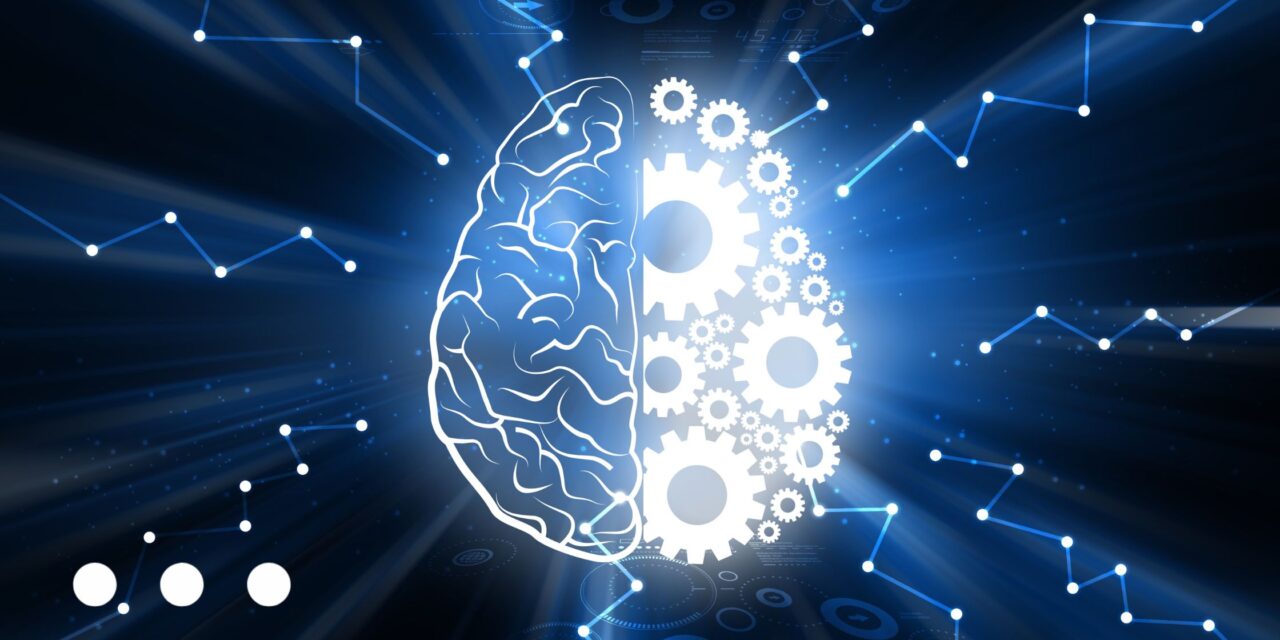The battle against addiction is fundamentally fought in the brain. For decades, our treatment toolbox has relied primarily on medication and talk therapy. While effective, these approaches do not directly address the hijacked neural circuits that drive compulsive drug-seeking behavior and intense cravings. However, a non-invasive neuro-modulation technology is quickly moving from the periphery to the forefront of addiction medicine: Transcranial Magnetic Stimulation (TMS).
TMS: Zapping Cravings and Rewiring Recovery
TMS, which has been FDA-approved for treatment-resistant depression and Obsessive-Compulsive Disorder (OCD), is now being rapidly explored for its revolutionary potential to reduce cravings and prevent relapse in Substance Use Disorders (SUDs).
The Science of Magnetic Modulation
Addiction is characterized by a damaged control system in the brain, often involving an overactive reward center (limbic system) and an underactive executive control center (Prefrontal Cortex, or PFC). This imbalance means that the brain prioritizes the substance over rational long-term goals.
TMS works by placing an electromagnetic coil against the scalp, typically near the forehead. This coil delivers painless, brief magnetic pulses that induce a weak electrical current in the underlying nerve cells.
- Targeting the Imbalance: For addiction, researchers primarily target the dorsolateral prefrontal cortex (DLPFC). By applying high-frequency pulses to this area, the goal is to “excite” or increase its activity. This modulation strengthens the brain’s “brake pedal”—the area responsible for impulse control, decision-making, and suppressing compulsive urges.
- The Craving Effect: Studies on substances like alcohol and cocaine have demonstrated that this precise modulation can lead to a significant, measurable reduction in cue-induced cravings. Essentially, TMS helps dull the overwhelming salience of the addiction cues.
From Nicotine Cessation to Widespread Application
The most significant clinical breakthrough for TMS in addiction came with smoking cessation. In a pivotal trial, a form of deep TMS (dTMS) targeting brain areas linked to addiction, like the bilateral insula and prefrontal cortex, demonstrated a significantly higher continuous quit rate compared to a sham treatment. This success earned the device an FDA marketing clearance for short-term smoking cessation.
This landmark approval has fueled robust research into other complex SUDs:
- Alcohol Use Disorder (AUD): Multiple controlled trials have shown that repetitive TMS (rTMS) can significantly decrease self-reported alcohol cravings and reduce the quantity of alcohol consumed compared to placebo.
- Cocaine and Opioid Use Disorder (OUD): Preliminary research is up-and-coming, with some studies showing a correlation between TMS treatment and a reduction in both craving levels and verifiable drug use. The hope is that TMS can offer a much-needed non-pharmacological option for substances that currently lack a strong Medication-Assisted Treatment (MAT) solution.
A Crucial Adjunct to Care
While TMS is not a magic bullet or a standalone cure, its potential as a complementary therapy is immense. TMS is typically administered daily over a course of several weeks, is well-tolerated, and carries few side effects (usually mild headaches).
As an adjunctive treatment, TMS can be administered alongside traditional therapies like Cognitive Behavioral Therapy (CBT). By helping to quiet the intense voice of craving, it creates a crucial window of opportunity, allowing patients to focus on developing the behavioral and psychological coping skills necessary for long-term recovery. The future of addiction treatment is increasingly personalized, and TMS is poised to become one of the most powerful neurobiological tools in that arsenal.

